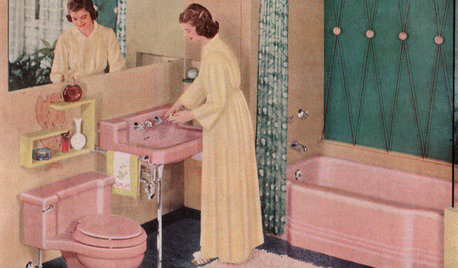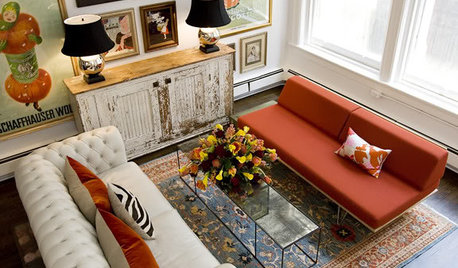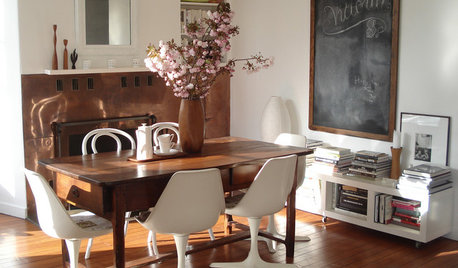Took some advice.........and orchids are worse!
bill_ri_z6b
12 years ago
Related Stories

HOUSEPLANTSHow to Grow Orchids Indoors
Orchids are the exotic aristocrats of the flower world and can make themselves comfortable in almost any home
Full Story
BATHROOM DESIGNDreaming of a Spa Tub at Home? Read This Pro Advice First
Before you float away on visions of jets and bubbles and the steamiest water around, consider these very real spa tub issues
Full Story
DECORATING GUIDES10 Design Tips Learned From the Worst Advice Ever
If these Houzzers’ tales don’t bolster the courage of your design convictions, nothing will
Full Story
HEALTHY HOMEHow to Childproof Your Home: Expert Advice
Safety strategies, Part 1: Get the lowdown from the pros on which areas of the home need locks, lids, gates and more
Full Story
MOST POPULARHomeowners Give the Pink Sink Some Love
When it comes to pastel sinks in a vintage bath, some people love ’em and leave ’em. Would you?
Full Story
DECORATING GUIDESDitch the Rules but Keep Some Tools
Be fearless, but follow some basic decorating strategies to achieve the best results
Full Story
DECORATING GUIDESFeel Free to Break Some Decorating Rules
Ditch the dogma about color, style and matching, and watch your rooms come alive
Full Story
LIFEThe Wisdom of Kenny Rogers, for Declutterers
No need to gamble on paring-down strategies when the country music legend has already dealt out some winning advice
Full Story
HEALTHY HOMEA Guide to Indoor Air Purifiers
Get the lowdown on air filtration systems for your house and the important ratings to look out for
Full Story
COLORPaint-Picking Help and Secrets From a Color Expert
Advice for wall and trim colors, what to always do before committing and the one paint feature you should completely ignore
Full Story







aachenelf z5 Mpls
orchidnick
Related Professionals
Benbrook Landscape Architects & Landscape Designers · Summit Landscape Architects & Landscape Designers · Towson Landscape Architects & Landscape Designers · Allentown Landscape Contractors · Biloxi Landscape Contractors · Coeur d'Alene Landscape Contractors · Deer Park Landscape Contractors · Midland Landscape Contractors · Parkland Landscape Contractors · Santa Ana Landscape Contractors · Beloit General Contractors · Fort Lee General Contractors · Merrimack General Contractors · Signal Hill General Contractors · Texas City General Contractorsorchid126
bill_ri_z6bOriginal Author
summersunlight
arthurm
Paul_Mc
aachenelf z5 Mpls
jane__ny
sambac
bill_ri_z6bOriginal Author
westoh Z6
highjack
donaldb
bill_ri_z6bOriginal Author
highjack
kwmackdog
bill_ri_z6bOriginal Author
highjack
bill_ri_z6bOriginal Author
arthurm
highjack
westoh Z6
bill_ri_z6bOriginal Author
westoh Z6
bill_ri_z6bOriginal Author
westoh Z6
bill_ri_z6bOriginal Author
orchid126
bill_ri_z6bOriginal Author
orchid126
James _J
arthurm